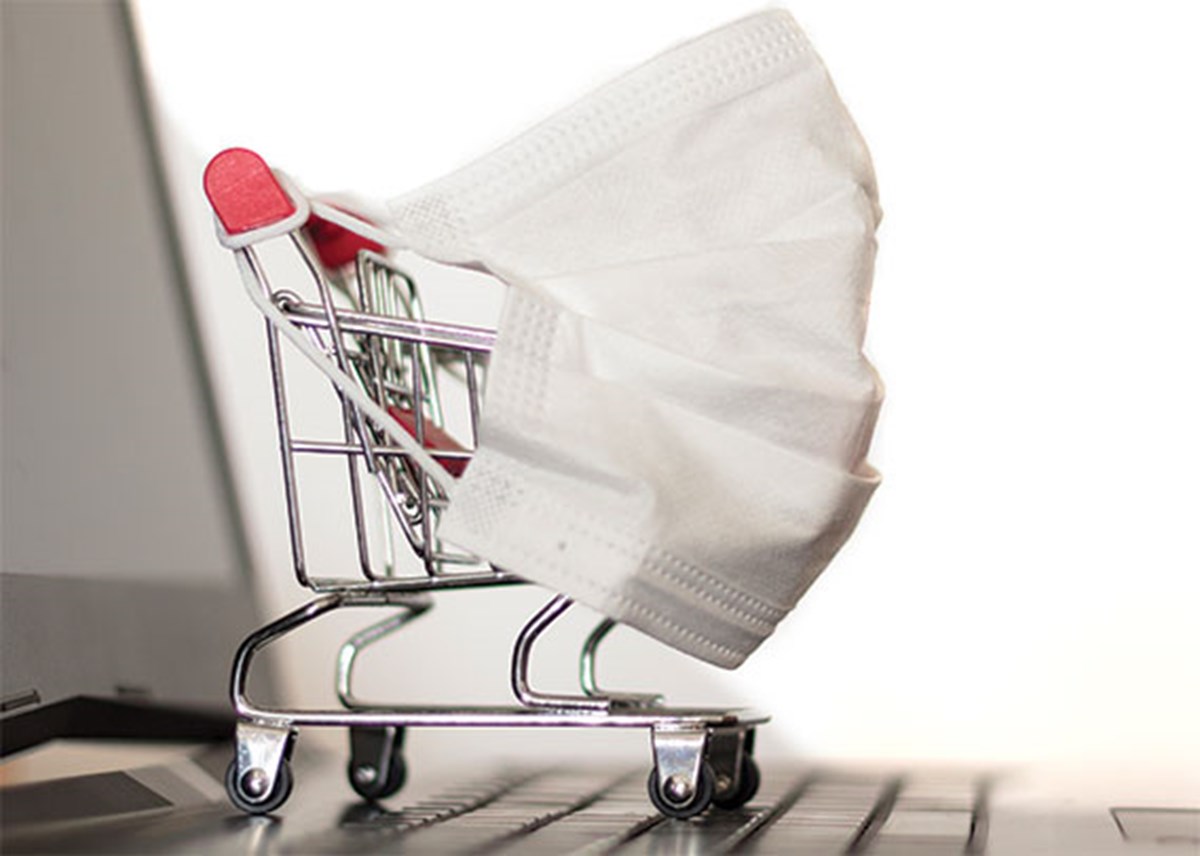The pandemic has forever changed the game for high street retailers
While high street retailers across Europe have seen their income shrink after multiple lock-downs, consumers have flocked to their online counterparts, more confident and accustomed to e-commerce than ever before. How will retailers bounce back from these changes and make their offline business more viable in an online world?
Fast Track
You don't have time to read the whole story now? Get the highlights here and download the PDF for later.
- The gap between high street retailers and online retailers is widening, with a 27.6% increase in global e-commerce sales in 2020.
- Click and collect will continue to grow as a service offered in physical retail stores.
- Investment in the delivery and fulfilment processes remains essential to deliver on customer expectations.
The pandemic sent shockwaves through the retail industry. Retailers have been forced to rapidly change and adapt to the new reality that is inherently uncertain. It has become clear that when the pandemic ends, the industry will take on a different form, and the shift to online will continue to grow. Retailers must react and adjust their business operations to the fast-evolving changes in consumer behaviour – or risk becoming yet another casualty of e-commerce.
High street retailers have seen their revenue base drastically decrease, and online retailers have reaped the benefits with record profits. Online retailer Boohoo saw an increase in sales by 40%, in 2020, compared to one of its high street competitors, Primark, which is expected to lose £1bn in the first half of its financial year. This illustrates the widening gap between traditional high street and online retailers.
In 2020, total worldwide retail sales declined by 3%, however, total retail e-commerce sales grew by 27.6%, and in Western Europe alone sales grew by 26.3%. A staggering 44% of European consumers have purchased products online for the first time during the pandemic, emphasizing consumers’ growing trust and confidence in online shopping.

Transitioning from high street to online
To keep up, high street retailers are looking for ways to up-scale their online activities. They must learn to deliver on key differentiators that online retailers have mastered for years, including digital marketing, fast delivery, and flexible return schemes.
> If you look towards large high street brands like John Lewis and Marks & Spencer in the UK, they are heavily investing in their online and fulfilment operations. The big key players in online retail, like ASOS and Boohoo, have a strong competitive advantage, as their setups were built for e-commerce, explains Neil Thornton, Account Manager in Caljan UK.
The customer experience will still play an important role post-pandemic, with 91% of customers reporting that a positive customer experience influences further purchasing both online and in the high street. Retailers must therefore leverage the best of the physical store and the online store to deliver on the customer’s expectations.
>There is a trend that traditional high street stores will remain, but their function will change. They will become showrooms where consumers can test products, shop a limited product selection, and collect their purchases. This also means that click and collect will only continue to grow as a service, explains Thomas Heydolph, Global Strategic Account Manager in Caljan Germany.
Investment in delivery and fulfilment
For high street retailers to successfully transition into online, they must invest in the delivery and fulfilment processes to secure that they deliver on customer expectations. Ultimately, the infrastructure and equipment in fulfilment centres needs to match the increasing demands.
> The consumers’ expectation around same or next day delivery and unlimited returns are paramount. This directly impacts warehouses and fulfilment centres and their capacity, which will result in investing in higher grades of automation to cope with the high volume of online orders, explains Thomas Heydolph.
The advantages of starting the process now rather than later is the ability to increase the throughput rate and remove bottlenecks in the facility that contribute to delays.
> Bottlenecks often occur in the fulfilment centre. This might be related to space constraints that prevent the facility from managing the high volume of goods in and goods out. New automated equipment can help alleviate these types of bottlenecks, concludes Neil Thornton.
The long-term benefits of investing in infrastructure and equipment that helps automate parts of the fulfilment process includes increasing order accuracy, meeting customers’ needs, and meeting order commitment dates. High street retailers introducing more technology and automation into their fulfilment operations are meeting the demands of online shopping in the future.
Traditional high street shops will remain, but their function will change. They will become showrooms where consumers can test products, shop a limited product selection, and collect their purchases.
– Thomas Heydolph, Global Strategic Account Manager, Caljan Germany
